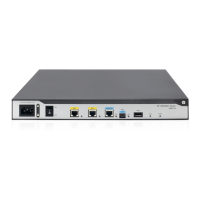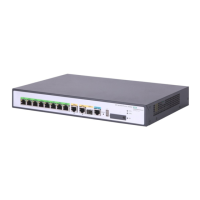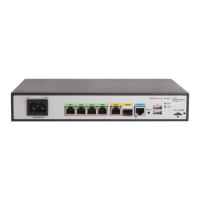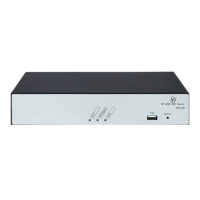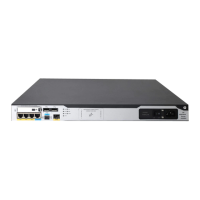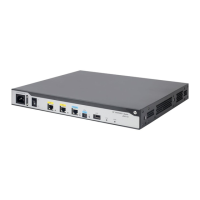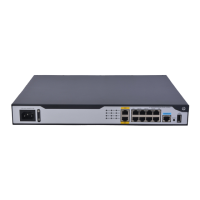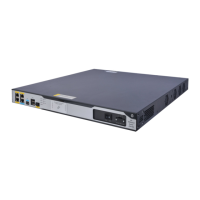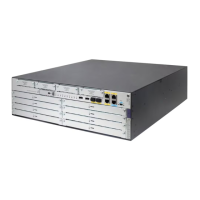Displaying and maintaining AM interfaces
Execute the display command in any view and the reset command in user view.
Task Command
Display AM interface information.
display interface [ analogmodem
[ interface-number ] ] [ brief [ description | down ] ]
Clear statistics for AM interfaces.
reset counters interface [ analogmodem
[ interface-number ] ]
Configuring an ISDN BRI interface
Integrated services digital network (ISDN) provides all-digital terminal-to-terminal services and fulfills the
fully digitized delivery of services integrating voice, data, graphics, and video.
ISDN implements digital transmission on a user loop and provides end-to-end digitization. As a
standardized digital interface, ISDN BRI interface can forward digital and analog information.
The most commonly used ISDN standards include ITU-T I.430, Q.921, and Q.931 recommendations. All
devices that meet ITU-T ISDN standards can access an ISDN network.
ITU-T I.411 standardizes the ISDN user-network interface and provides a reference configuration for ISDN
access. As shown in Figure 2, the reference configuration contains the following elements:
• Function groups—Sets of functions required for accessing an ISDN network.
{ Network terminal 1 (NT1)—Implements the functionality of the first layer in the OSI reference
model, such as subscriber-line transmission, loop test, and D-channel competition.
{ Network terminal 2 (NT2)—Implements the functionality of layers 1 through 3. NT2 is also
known as the intelligent network terminal.
{ Category-1 terminal equipment (TE1)—User equipment compliant with the ISDN interface
provisions. TE1 is also known as the ISDN standard terminal. Digital phone-set is an example
of TE1.
{ Category-2 terminal equipment (TE2)—User equipment incompliant with the ISDN interface
provisions. TE2 is also known as non-ISDN standard terminal equipment.
{ Terminal adapter (TA)—Provides adaptation for TE2 to access a standard ISDN interface.
• Reference points—Points used to differentiate function groups.
{ R—Reference point between a non-ISDN equipment and TA.
{ S—Reference point between a user terminal and NT2.
{ T—Reference point between NT1 and NT2.
{ U—Reference point between NT1 and line terminal.
19
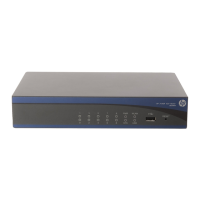
